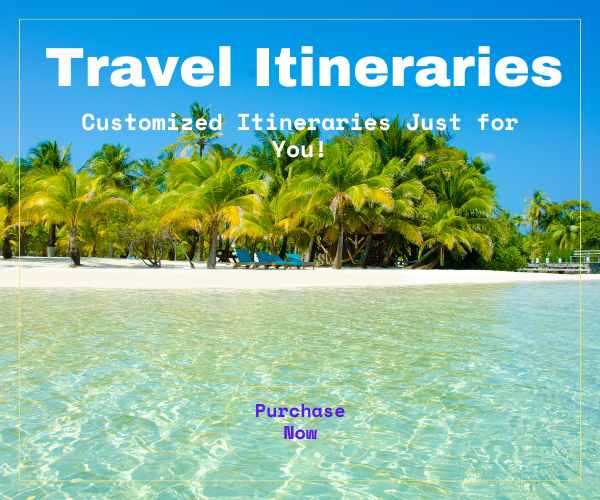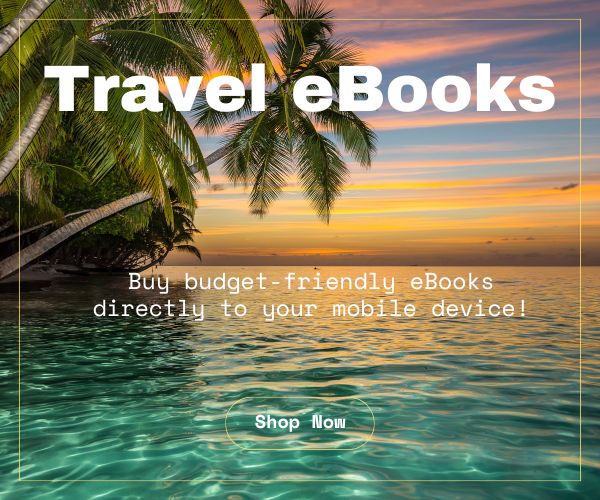
Luggage Lost and Found: Dealing with Missing Bags and Travel Mishaps
Travelling is an exciting adventure, filled with the promise of new experiences, cultures, and unforgettable memories. Whether you’re jetting off for a relaxing beach vacation, a business trip, or exploring a new city, the anticipation is always thrilling. However, amidst the excitement, sometimes things don’t go as planned. Lost or delayed luggage is one of the most common and frustrating travel mishaps.
Imagine arriving at your dream destination, only to find yourself standing at the baggage carousel, waiting for a suitcase that never appears. It’s a scenario every traveller dreads. The inconvenience of not having your belongings can range from a minor annoyance to a significant disruption, depending on what’s missing and how soon you need it.
Fortunately, with the proper preparation and knowledge, you can significantly reduce stress and handle these situations smoothly. Being proactive is critical, from documenting your valuables before you leave to understanding airline baggage policies and knowing the steps to take immediately when your luggage is lost or delayed. Having a plan can make a difference and ensure you quickly find a resolution with airlines or travel providers.
Here’s a comprehensive guide to help you manage lost or delayed luggage, document valuables, and ensure a smooth resolution. With these tips, you can minimize the impact of this common travel mishap and continue your journey with peace of mind.

Luggage Lost and Found: Dealing with Missing Bags and Travel Mishaps.
Luggage Lost and Found: Dealing with Missing Bags and Travel Mishaps
Travelling is exciting yet unpredictable, and dealing with lost or delayed luggage can be frustrating. With the proper preparation, you can handle these situations smoothly. Here’s a guide to help you manage lost or delayed luggage and ensure a smooth resolution.
Before You Travel: Preparation is Key
Document Your Valuables
Before you embark on your journey, take some time to document all the valuables you’re packing. Snap photos of expensive items and record their value, including receipts if possible. This will be invaluable if you file a claim for lost or damaged items. Creating a digital inventory on your phone or cloud storage can make this information easily accessible when needed.
Use Durable Baggage Tags
Make sure all your bags have durable baggage tags with your contact information. Include your name, phone number, and email address. Adding a secondary contact can be helpful if you’re unreachable. Using distinctive tags or colourful ribbons can help your luggage stand out, reducing the risk of being mistakenly taken by another traveller.
Travel Insurance
Consider purchasing travel insurance that covers lost or delayed luggage. This provides peace of mind and financial compensation if your bags go missing. Check the policy details to understand what is covered and the process for filing a claim. Travel insurance often covers more than just luggage, including trip cancellations, medical emergencies, and other travel mishaps.
Pack Smart
Think strategically about how you pack. Place essential items and a change of clothes in your carry-on bag. This ensures you have necessities even if your checked luggage is delayed. Avoid packing irreplaceable items in checked baggage and distribute valuable items across multiple bags if possible.
At the Airport: Stay Vigilant
Check Airline Baggage Policies
Familiarise yourself with your airline’s baggage policies before you arrive at the airport. Know the weight limits, fees, and procedures for reporting lost or delayed luggage. Understanding these policies can help you avoid surprises and ensure you follow the correct procedures if something goes wrong.
Keep Essentials in Your Carry-On
Pack essential items, such as medications, a change of clothes, important documents, and valuable electronics, in your carry-on. This ensures you have necessities even if your checked luggage is delayed. It’s also wise to keep chargers and other critical items close at hand and remember to keep the weight under the allocated limit to avoid surcharges.
Label Your Luggage Inside and Out
In addition to external baggage tags, place a copy of your contact information inside your luggage. This internal label can help airline staff identify your bag if the external tag is lost. Include your itinerary so the airline knows where to send your luggage if it’s delayed.
When Luggage is Lost or Delayed: Immediate Actions
Report Immediately
When you realize your luggage is missing, report it to the airline’s baggage claim desk. Please provide them with your baggage tag receipts and a detailed description of your bags. Make sure to get a written report and a reference number for follow-up. The sooner you report, the quicker the airline can look for your luggage.
Use Technology
Many airlines offer baggage tracking through their apps or websites. Utilise these tools to get real-time updates on the status of your luggage. Some apps can notify you as soon as your bag is scanned at different points along its journey. Consider using a GPS tracker in your luggage for added peace of mind.
Stay at the Airport
If your luggage is delayed, stay at the airport for a while. Sometimes, bags arrive on a later flight or are quickly found and can be returned to you without much delay. Be patient and stay in contact with the baggage claim staff.
Filing a Claim: Ensuring a Smooth Resolution
Document Everything
Keep copies of all correspondence with the airline, including emails and receipts. Note the names of the airline representatives you speak with and the times of your conversations. Having detailed records can be crucial if you need to escalate your claim or seek compensation.
Follow Up Regularly
Stay proactive by regularly following up with the airline. Use your reference number to check on the status of your claim. Persistence can often expedite the resolution process. Set reminders to call or email the airline regularly until your issue is resolved.
Know Your Rights
Familiarize yourself with the airline’s compensation policies for lost or delayed luggage. Airlines are typically required to compensate passengers for reasonable expenses incurred due to delayed bags. This can include clothing, toiletries, and other essentials you need while waiting for your luggage. Understand your rights under international agreements such as the Montreal Convention, which outlines airline liability for luggage issues.
Seek Additional Compensation
You may be entitled to additional compensation if your luggage is declared lost. File a detailed claim with the airline, including your documentation of valuables and any receipts for items purchased while your luggage was missing. Be prepared to negotiate and provide all necessary evidence to support your claim.
Utilise Travel Insurance
If you purchased travel insurance, file a claim with your insurer. Provide all documentation and follow their procedures to ensure you receive any compensation you are entitled to. Travel insurance can cover expenses that airlines may not, such as higher-value items or additional inconvenience costs.
In Case of Emergency: Additional Tips
Use Airport Lost and Found
Check with the airport’s lost and found office. Sometimes, bags are misplaced at the airport rather than lost in transit. Many airports have efficient systems for handling lost items, and your luggage may have been turned in there.
Stay Calm and Patient
Dealing with lost luggage can be stressful, but staying calm and patient will help you handle the situation more effectively. Airline staff are more likely to assist cooperative and polite passengers. Keep your emotions in check and focus on resolving the issue rather than expressing frustration.
Pack Smart
When preparing for your trip, think about how you pack. Use luggage that stands out, or add unique identifiers to your bags to make them easily recognizable. Consider investing in intelligent luggage with built-in GPS tracking to give you real-time updates on your bag’s location.
Maintain a Travel Checklist
Create a travel checklist to ensure you have all the necessary items and documentation for your trip. This can include packing essentials, copies of important documents, and contact information for your airline and travel insurance provider. A checklist can help you stay organized and prepared.
Be Prepared for the Unexpected
Travel mishaps can happen to anyone, but being prepared can make all the difference. Have a plan for dealing with lost or delayed luggage, and know what steps to take if it happens to you. Flexibility and a positive attitude can turn a travel mishap into a minor inconvenience rather than a significant problem.
Leverage Airline Support
Airline customer service can be a valuable resource when dealing with lost luggage. Don’t hesitate to reach out to them for assistance and updates. Many airlines have dedicated teams to handle baggage issues and can guide what to do next.
Conclusion to Luggage Lost and Found
No one wants to deal with the hassle of lost or delayed luggage, but it doesn’t have to ruin your trip. By taking the proper steps before you travel, staying vigilant at the airport, and knowing how to handle the situation if it arises, you can minimize the impact and quickly get back to enjoying your journey.
Preparation and knowledge are your best tools for handling travel mishaps. With some planning and a positive attitude, you can handle anything that comes your way. Safe travels!
Related Content to Fair Dinkum Traveller!
- How to Pick a Good Travel Insurance Plan!
- The Ultimate Packing List for Your Upcoming Adventure!
- How to Prepare for Your Upcoming Flight!

Luggage Lost and Found, follow these helpful hints.













































Get Your Free E-Book Today!
Stay in the loop with our monthly newsletter! Get expert travel tips and destination advice, and snag a free E-Book!
You have Successfully Subscribed!